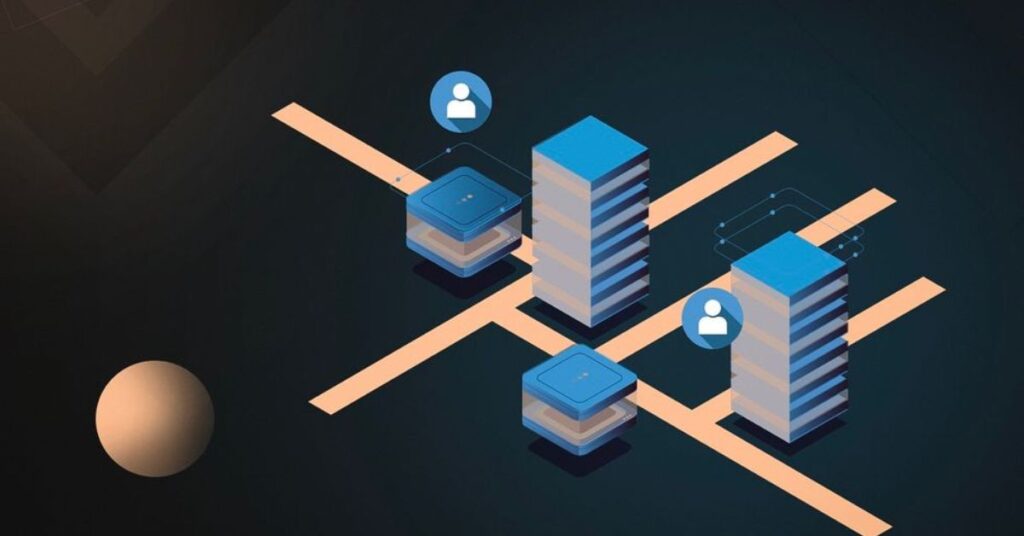Are you intrigued by the possibilities of cryptocurrency but frustrated by its limitations? Scaling solutions might just be the answer you’ve been looking for. In this article, we’ll explore what scaling solutions are, why they’re necessary, and how they’re revolutionizing the world of blockchain technology.
Contents
What are Scaling Solutions?
Imagine you’re at a crowded concert. Getting from one side of the venue to the other can be slow and cumbersome due to the sheer number of people. Scaling solutions in cryptocurrency aim to alleviate this congestion, allowing transactions to occur faster and more efficiently.
Scaling refers to the ability of a blockchain network to handle a larger volume of transactions without compromising speed or security. Solutions in this context are the various techniques and technologies implemented to achieve scalability.
Why are Scaling Solutions Necessary?
Blockchain technology has the potential to revolutionize numerous industries by offering decentralized, transparent, and secure systems for transactions and data management. However, its current limitations, particularly in scalability, hinder widespread adoption and practical use.
Without scaling solutions, blockchain networks like Bitcoin and Ethereum struggle to handle a high volume of transactions, leading to congestion and increased transaction fees. This limits their utility for everyday transactions and hampers their ability to compete with traditional financial systems.

Types of Scaling Solutions
Layer 1 Scaling: Optimizing the Blockchain Itself
Layer 1 scaling solutions focus on improving the underlying blockchain protocol to increase its capacity for processing transactions. One of the most well-known approaches is sharding, which involves dividing the blockchain into smaller, more manageable parts called shards. Each shard can process its own transactions, significantly boosting throughput.
Another layer 1 scaling solution is the implementation of a proof-of-stake (PoS) consensus mechanism. Unlike the energy-intensive proof-of-work (PoW) used by Bitcoin, PoS allows validators to create new blocks and secure the network based on the amount of cryptocurrency they hold and are willing to “stake” as collateral.
Layer 2 Scaling: Building on Top of the Blockchain
Layer 2 scaling solutions work alongside the main blockchain, offering alternative mechanisms for processing transactions more quickly and cost-effectively. Payment channels are a prime example of layer 2 scaling. They enable users to conduct multiple transactions off-chain before settling the final state on the main blockchain, reducing congestion and fees.
Sidechains are another layer 2 scaling solution that allows for the creation of parallel blockchains linked to the main blockchain. Transactions can be conducted on these sidechains, relieving pressure on the main network and improving overall scalability.
Advantages of Scaling Solutions
Improved Transaction Throughput
By increasing the capacity of blockchain networks to process transactions, scaling solutions enable faster and more efficient payments. This is crucial for real-world applications where speed is essential, such as retail transactions and decentralized finance (DeFi) platforms.
Reduced Transaction Fees
Congestion on blockchain networks often leads to higher transaction fees as users compete to have their transactions processed quickly. Scaling solutions alleviate this congestion, resulting in lower fees and making cryptocurrency transactions more accessible to a wider range of users.
Enhanced Scalability for Applications
The implementation of scaling solutions opens up new possibilities for blockchain-based applications, such as decentralized exchanges, gaming platforms, and supply chain management systems. These applications can now handle a larger user base and a higher volume of transactions without sacrificing performance.
Challenges and Limitations
While scaling solutions hold tremendous promise for the future of cryptocurrency, they are not without their challenges and limitations. One of the primary concerns is maintaining decentralization and security while increasing scalability. Some solutions, such as sharding and sidechains, may introduce centralization risks if not implemented carefully.
Interoperability between different scaling solutions and blockchain networks is another challenge that must be addressed. For widespread adoption to occur, users and developers need seamless integration between various scaling techniques and across different blockchain platforms.
Conclusion
Scaling solutions are essential for unlocking the full potential of blockchain technology and cryptocurrency. By addressing the scalability trilemma—balancing decentralization, security, and scalability—these solutions pave the way for mainstream adoption and the development of innovative applications across numerous industries.
As researchers and developers continue to explore and refine scaling solutions, we can expect to see further advancements in scalability, efficiency, and usability in the world of cryptocurrency. The future is bright for blockchain technology, and scaling solutions are leading the way towards a more decentralized, transparent, and inclusive financial system.